Have you ever observed the flawless grace of Andre Segovia cradling his classical guitar, fingers dancing across the fretboard as if the instrument were an extension of his own body? This seamless connection was not achieved by chance – it came about through an elaborate science. As a veteran luthier, I, David Garcia, have delved deep into the nuances of the classical guitar including one often overlooked, yet vital component – the classical guitar strap.
What many don’t realize is that the humble guitar strap could be a game-changer in your musical journey. It might seem exaggerated, but I vouch that the guitar strap is not merely an accessory, it is a tool which can significantly improve your overall playing experience. Curious to find out how? Embark on this comprehensive guide to understanding and using classical guitar straps, backed by my extensive study and understanding of guitar ergonomics.
What You Need to Know About Classical Guitars and Straps
Traditional Classical Guitar Posture

As we’ve delved deep into the realm of classical guitars and straps, it’s imperative to underscore the importance of traditional classical guitar posture. I’ve discovered that posture is fundamental to adopting a compelling guitar-playing style. My early engineering background granted me a unique perspective on the matter.
From a purely analytical standpoint, the traditional guitar-playing posture allows for an optimal grip, minimizes strain, and promotes fluid playing techniques. Sitting with a straight back, right foot slightly elevated and the guitar resting on your left thigh, is crucial. This posture places the guitar neck sloping up at around a 45-degree angle, providing better visibility and reach to the fretboard.
The essence of classical guitar posture is found in the balance and alignment it brings to the player, providing an effective distribution of weight across your body. It’s not just about playing the guitar; it’s about the harmony between the musician and the instrument.
This understanding of classical posture provides a great segue into the function and benefits of guitar straps. Posture and straps are fundamentally intertwined, and their relevance when highlighted, changes one’s perspective towards traditional guitar playing.
The Role of Guitar Straps
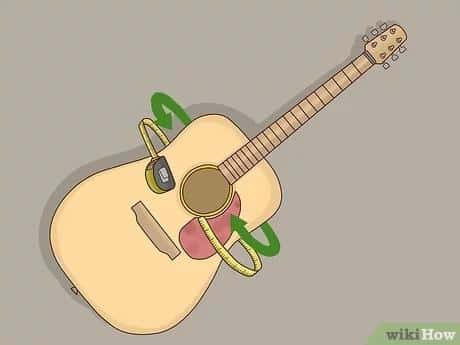
As we delve into the importance of guitar straps within our broader discussion about classical guitars and related accessories, it’s crucial to understand their unique role. Through my years spent studying and testing ergonomic guitar accessories, the value of a well-designed classical guitar strap has proven to be indispensable. This humble addendum not only supports your instrument, providing stability, but also aids in proper posture, helping to prevent chronic injuries often associated with incorrect angles and strains during play.
Classical guitar straps align the player and guitar correctly, enhancing your playing technique, and ultimately contributing to a better, more authentic sound. Thanks to it, the guitarist can focus on playing and expressing creatively, rather than wrestling for comfort. However, not all straps are created equal, so we will later also explore different options and installation techniques to help you make informed choices. Excited about enhancing your guitar playing experience with a strap? Let’s keep moving!
Options for Strap Installation
Strap Pin Installation
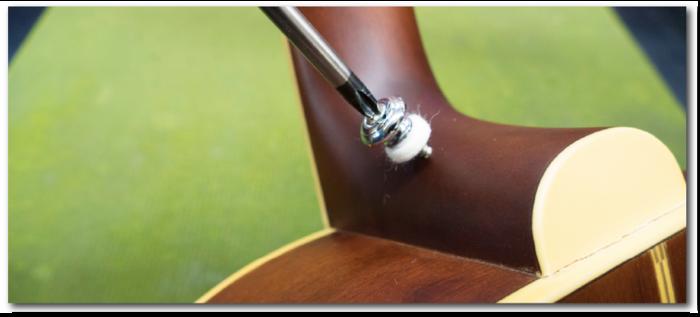
In our journey of understanding classical guitar straps, strap pin installation stands as a crucial yet often overlooked detail. Drawing from my extensive experience in guitar construction, I can affirm that properly installing a guitar pin demonstrates a commitment to sound quality and instrument safety. It is more than just drilling a strap button onto the guitar; it’s an art that requires finesse and precision.
Strap pin installation provides an undeniably firm and reliable connection point for your strap. Emphasizing the importance of accuracy during installation, a poorly fitted pin can impact the integrity of the instrument, potentially causing damage to the guitar itself.
When dealing with this intricate task, it’s essential to choose the correct tools and follow the best practices to ensure a flawless installation. Reiterating the importance of expertise, I’d advise beginners to seek guidance from a skilled professional or avid research before embarking on this task.
In closing, remember that every aspect of guitar strap set-up, especially strap pin installation, contributes significantly to comfort while playing, control over the instrument, and of course, your performance quality. Moving forward, we’ll dig deeper into other options such as suction cup guitar straps, adding even more depth to our exploration of strap installation.
Suction Cup Guitar Straps
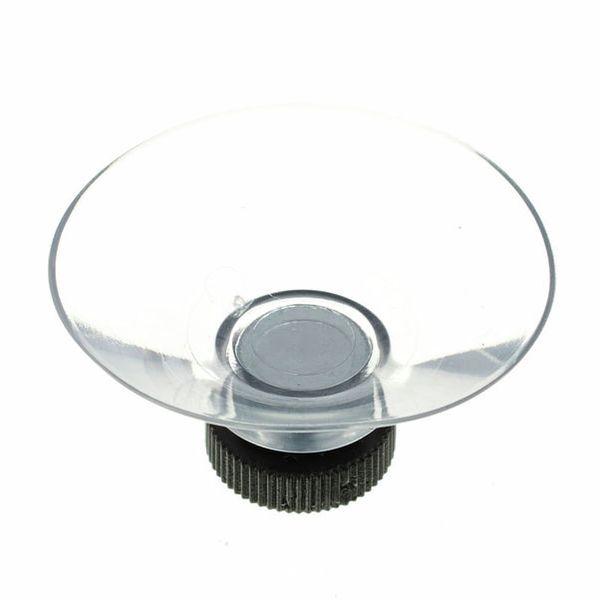
Diving into the fascinating world of ‘Options for Strap Installation’, I particularly appreciate the ingeniously simple design of suction cup guitar straps. In my journey of exploring different guitar straps, I found the use of suction cups remarkably interesting and practical. These straps attach to the body of the guitar via strong suction cups and offer a non-invasive installation option, sparing your instrument any potential damages associated with drilling for strap pin installation.
Reflecting on my experience, I can confidently recommend suction cup guitar straps, especially for those hesitant about altering their classical guitars. The hallmark of these straps lies in their unobtrusive nature, providing a balance of comfort and adaptability without compromising the instrument’s integrity. Known for their easy installation and removal, they offer a flexibility that allows you to switch between standing and traditional postures with ease.
Seamlessly tying into our forthcoming discussion about selecting a strap for your classical guitar, these considerate design details would indeed be crucial considerations.
Selecting a Strap for Your Classical Guitar
Evaluating Strap Options
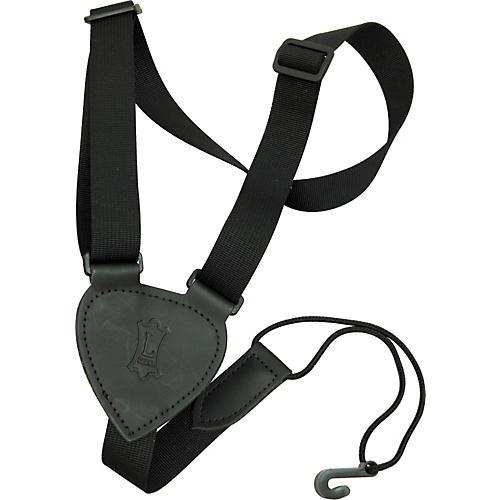
As we delve into evaluating strap options, I can’t understate the role of my experiences as the Editor of Savart Journal. Assessing strap suitability is distinct for each classical guitar enthusiast––a reflection of one’s personal comfort and playability needs.
Differentiating the multifarious guitar strap options begins with an understanding of their materials and craftsmanship. Aspects such as the strap’s texture, width, and padding significantly influence its comfort and longevity. Nylon straps often offer durability, while leather ones exude luxury and soften over time. A well-cushioned strap can reduce shoulder strain during longer practices.
Consider also the strap’s length adjustability. Having the freedom to adjust your guitar’s height can encourage better posture and playing technique. Moreover, the strap end’s connection method—whether it’s a loop, a hole, or a hook—can affect the ease of use and compatibility with your guitar’s attachment points.
In conclusion, levering my extensive experiences and insights into strap selection, I urge you to not compromise on your needs. Each guitarist’s preference is unique, and your strap should reflect that. As we progress on to exploring the advantages of adjustable straps, remember that comfort and functionality should be at the forefront of your decision-making process.
Advantages of Adjustable Straps
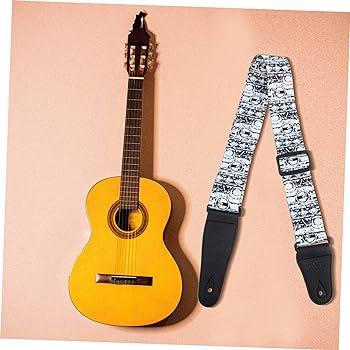
Having walked through various elements of strap selection, let’s delve into the utility of adjustable guitar straps. In my multifaceted journey exploring ergonomics for stringed instruments, I’ve encountered and investigated the many benefits an adjustable strap offers. Customizability is chief among them. The adjustable nature empowers you to alter strap length for perfect positioning, catering to individual comfort and efficiency.
Adjustability not only enhances performance by reducing muscle strain, but also helps refine technique. It permits quick alternations between sitting and standing positions, meeting the varying demands of live performance or informal settings. A quality adjustable strap allows for seamless adjustments, without detracting from your focus on the music.
Though highly practical, adjustable straps also carry an aesthetic component. With a selection of designs and materials, adjustable straps can match your guitar and personal style, underscoring your uniqueness as an artist. Remember, functionality and aesthetics are not mutually exclusive when selecting your guitar strap.
Consider adjustable straps as an investment in personal comfort, utility, and musical interpretation. As we move forward, we’ll explore what modifications on your classical guitar might entail.
Implications of Modifying Your Classical Guitar
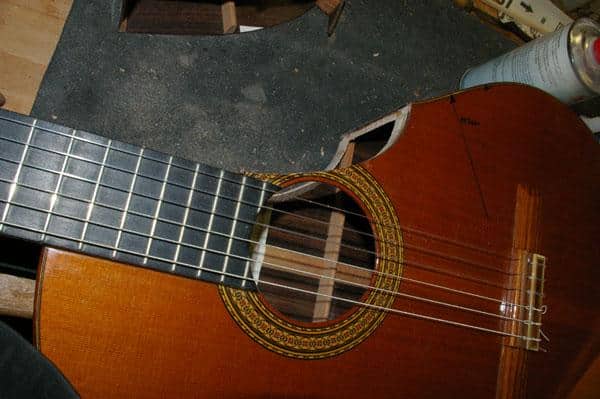
As an expert in instrument design and construction, I’ve lived and breathed guitars for many years. Throughout this journey, I’ve found that exploring and understanding the various options for guitar modification is of paramount importance. Incorporating the right classical guitar accessories and understanding their benefits will not only enhance your playing experience but also bring your music to life.
Have you ever pondered over the connection between modifications and their impact? Surprisingly, even minor modifications to your guitar can have major impacts on its playability and sound. Ready to discover the implications?
Consider strap installation as an instance. If incorrectly done, the balance of your guitar could be adversely affected, leading to a noticeable drop in your performance level. In this context, understanding the practicalities of suction cup guitar straps and strap pin installation becomes crucial. Moreover, improper straps may lead to unwanted changes in your traditional posture while playing the classical guitar, impacting not only your comfort but potentially your musculoskeletal health as well.
Additionally, optical modifications like changing the finish or introducing inlays can, while enhancing aesthetics, possibly interfere with the resonance of the acoustic guitar if not done thoughtfully. Even the choice of the material for your accessories has the potential to manipulate the acoustic properties of your instrument. For example, a strap made from a heavier material can inadvertently affect the guitar’s balance and ultimately, its playability.
Aligning your desired aesthetics and sound with an understanding of these implications will allow for informed decisions in modifying your classical guitar. Remember, it is crucial to consider not just the immediate appeal of a modification, but its long-term impact on your music and playing experience as well.
As we move forward, we’ll delve into more details about strap selection and its impact, addressing your FAQs to help you make informed decisions that unleash the true potential of classical guitar playing.
FAQs
What are classical guitar straps?
How do you use a classical guitar strap?
What are the benefits of using classical guitar straps?
Are there different types of classical guitar straps?
Conclusion
The journey of understanding and using classical guitar straps ends here, but are you prepared to kick-start your adventure of comfortable and enjoyable guitar playing?
Using my expertise in lutherie, we dove into everything from the basic posture, the indispensable role of classical guitar straps, various installation options to the benefits of choosing adjustable straps, and implications of modifications. We explored different types of straps including the unique guitar support that ensures convenience and conformability. The aim was to equip you with comprehensive knowledge, empowering you to make an informed choice.
In conclusion, the judicious use of a guitar strap can transform your classical guitar playing experience, paving the way for both comfort and mastery.